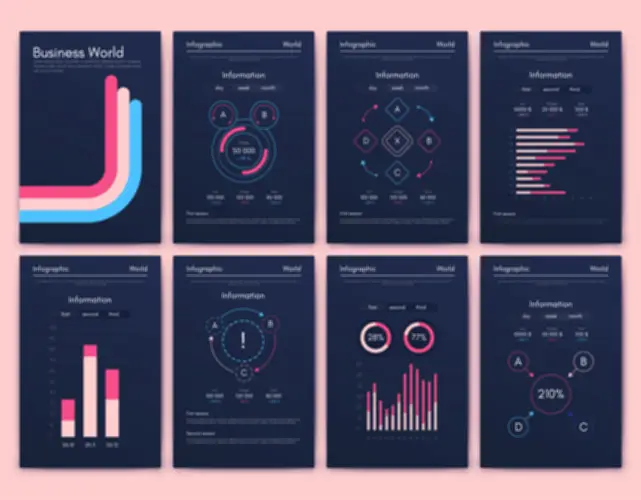Another swift vs. objective-c distinction is that the first one is an excellent software for building cloud-based functions. This also swift vs objective c makes Swift the preferred language for growing enterprise apps. Swift does not assist some older versions of iOS and macOS because the language is still relatively young. Thus, there isn’t a approach to replace or preserve applications for earlier working systems that buyers nonetheless use. It differs in syntax from different programming languages, so it’s pretty onerous for beginners. If we discuss Swift, it was developed by Apple Inc., Swift is a modern, general-purpose, compiled programming language.

C# Superior: Passing Information Into Occasion Handlers
Swift is actively developed and supported by Apple and a powerful neighborhood, making certain common updates, enhancements, and a wealth of studying resources and libraries. Objective-C code can seamlessly interact with C and C++ code, making integrating with legacy systems or libraries written in these languages simpler. Swift simplifies advanced programming duties by decreasing the necessity for repetitive statements and boilerplate code that are more prevalent in Objective-C. This streamlined approach to coding helps handle complexity more effectively, leading to sooner development cycles. Comparing the syntax of Objective-C to Swift reveals vital variations in readability and conciseness. Based on the C programming language, Objective-C has a extra verbose syntax than Swift.
Swift Vs Objective-c: A Head-to-head Comparison

It has since turn out to be one of the in-demand programming languages because of its conciseness, efficiency, and ease of use. I ran a design studio for 8 years during which we designed mobile and net apps. I also lead improvement groups when our client asked us to hold out the event of the tasks.

The Start And Rise Of Swift Programming Language
Switching from Objective-C to Swift for legacy code may be difficult due to differences in language syntax, options, and paradigms, which may require important refactoring. However, Swift’s interoperability with Objective-C allows for incremental migration, enabling developers to update their codebase gradually with no full rewrite. Maintaining a mixed-language project can increase complexity but offers a path to modernize apps while preserving existing functionality.

The complexity of servicing Objective-C products is that it makes use of two types of recordsdata (.h and .m). The .h file is a header file for public declarations of the category like an API, whereas the .m file is the personal implementation. Another distinctive characteristic is superior functionality, reminiscence administration, and support for dynamic libraries. Swift has a properly thought out and dependable construction, because of which functions developed in this programming language have less vulnerability. This is a big factor if you have to create a safe and dependable product.
Are There Any Major Variations In Debugging Tools For Swift And Objective-c?
They provide an easy approach but could result in bigger app sizes as a outcome of inclusion of the whole library. While Objective-C can freely use C and C++ code, Swift offers seamless interoperability with Objective-C. You can use each Swift and Objective-C recordsdata in a single project, and Swift can also use Objective-C’s frameworks.
Stay tuned for extra useful information on data expertise from us. Objective C is a programming language created by the Stepstone Company within the early 1980s. It was licensed by NeXT Computer, Inc. to develop the NeXTStep frameworks and at last acquired by Apple.
- One downside I have encountered is that I have never found a code formatter that supports the ObjC++ syntax nicely.
- Swift contains a streamlined syntax to assist builders write clean and constant code.
- Syntactically speaking, Objective C is an extension of the favored C programming language.
- Both languages have active communities backing them, providing priceless resources for developers.
- Its long-standing presence in iOS improvement ensures sturdy assist for legacy techniques and integration with present apps.
Objective-C, whereas older, nonetheless has a wealth of sources obtainable, given its long historical past. The debugging instruments for Swift and Objective-C are largely the identical, as both languages are supported by Xcode, Apple’s integrated improvement surroundings. However, Swift’s fashionable language options and security mechanisms, like optionals and powerful typing, could make debugging more easy and assist catch errors at compile time. Objective-C debugging may involve more runtime issues due to its dynamic nature, requiring totally different strategies similar to method swizzling and dynamic typing analysis. With Swift’s trendy options and strong standard library, builders can build iOS apps faster than Objective-C. The language’s effectivity in dealing with tasks interprets to quicker app growth and deployment, in the end saving valuable time and sources.
Swift is a strong programming language made by Apple for creating apps on iOS, macOS, watchOS, and tvOS. It’s easy to learn and use, but in addition able to dealing with troublesome tasks. Despite its strengths, Objective-C does have some disadvantages that builders should think about. When engaged on an iOS app development project, you may encounter challenges with Objective-C language that might influence your workflow.
Objective-C integrates well with different programming languages, especially Swift. This permits builders to make use of Objective-C alongside Swift in the same project, leveraging the strengths of each languages. This capability helps preserve and update legacy applications while not having to rewrite the whole codebase. Moreover, this programming language can be used with C and C++ code, permitting builders to reap the advantages of present libraries and frameworks. It can additionally be generally used for developing video games and different interactive applications.
